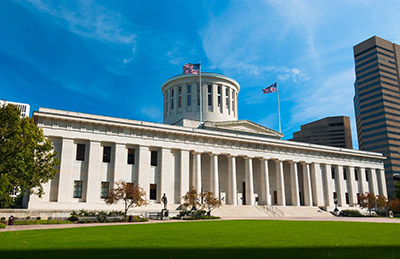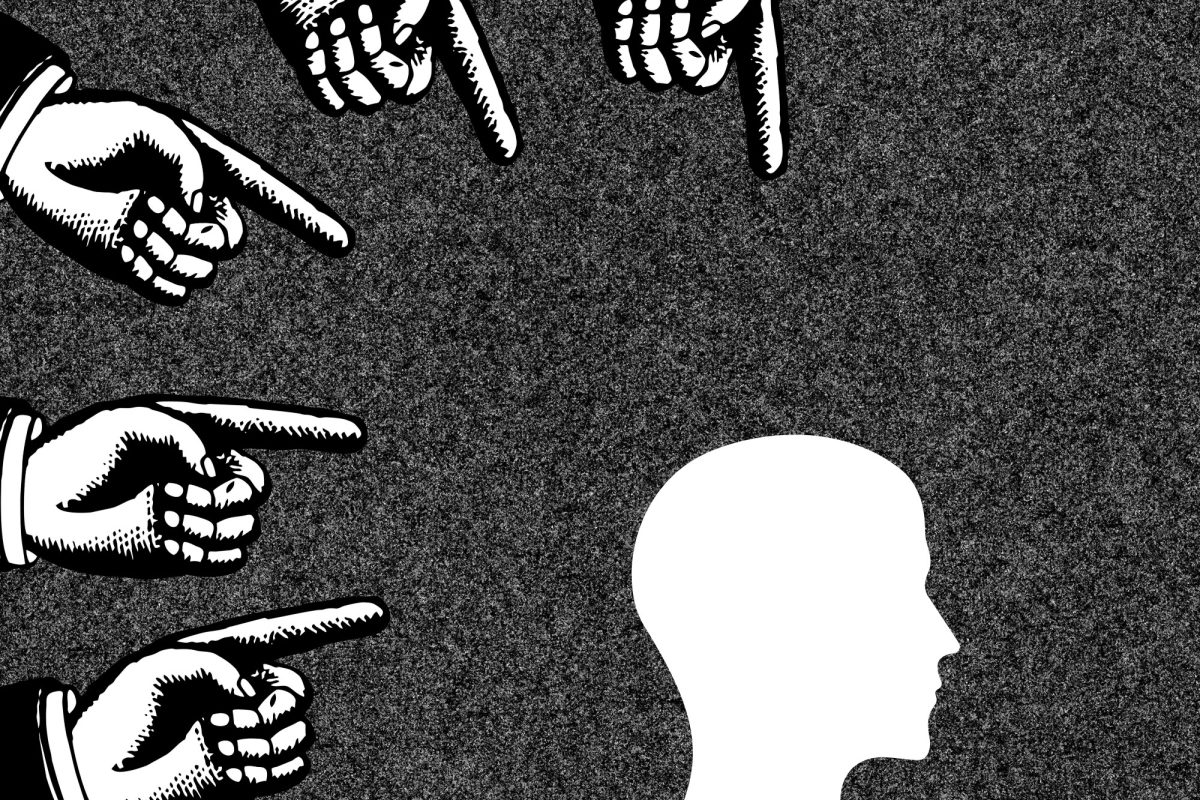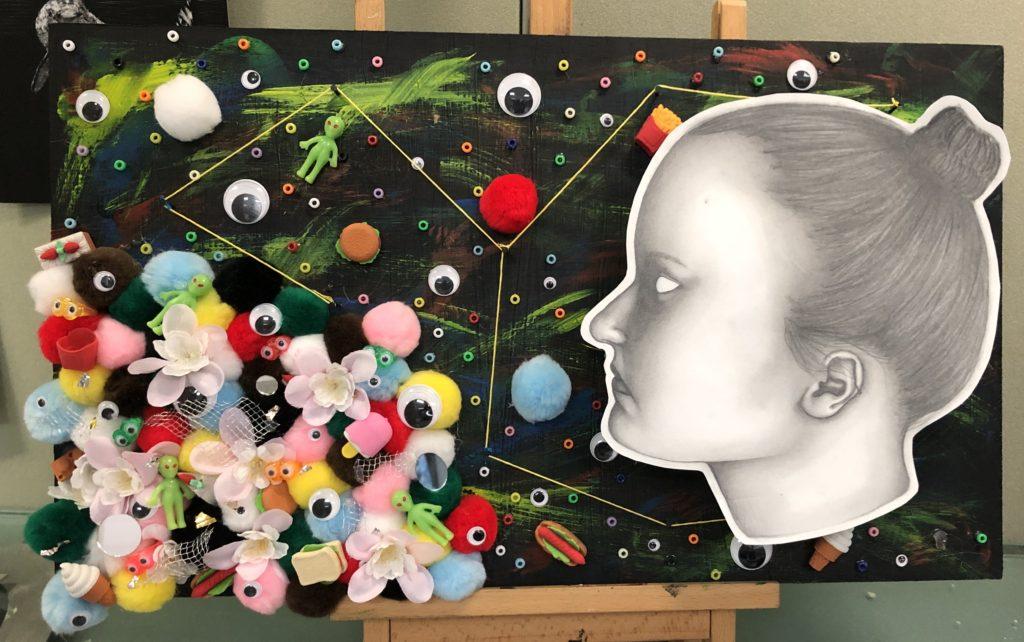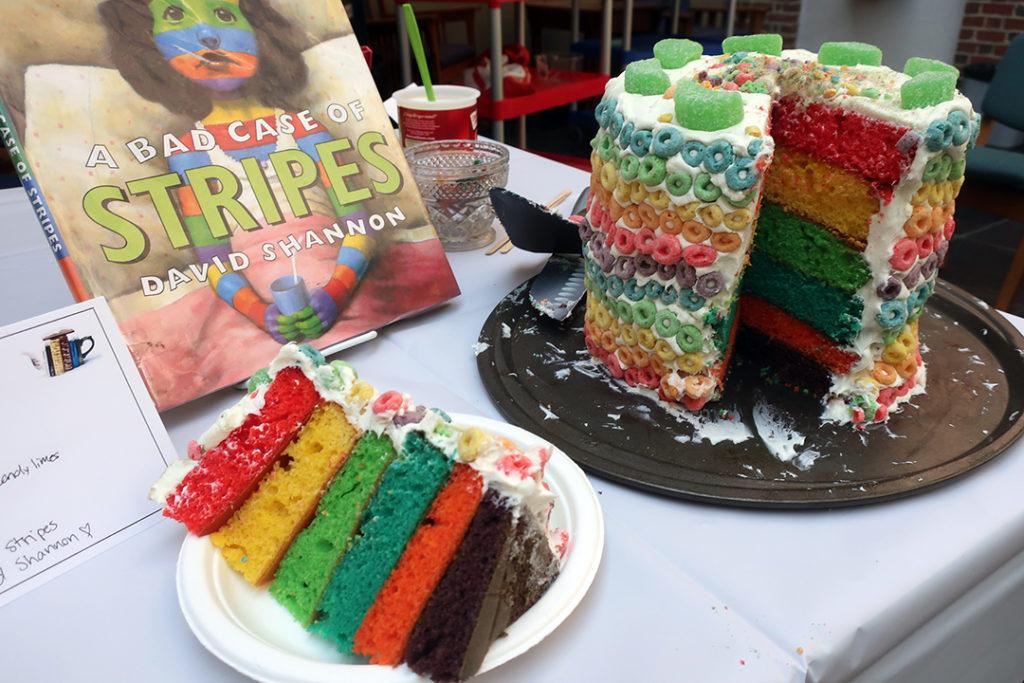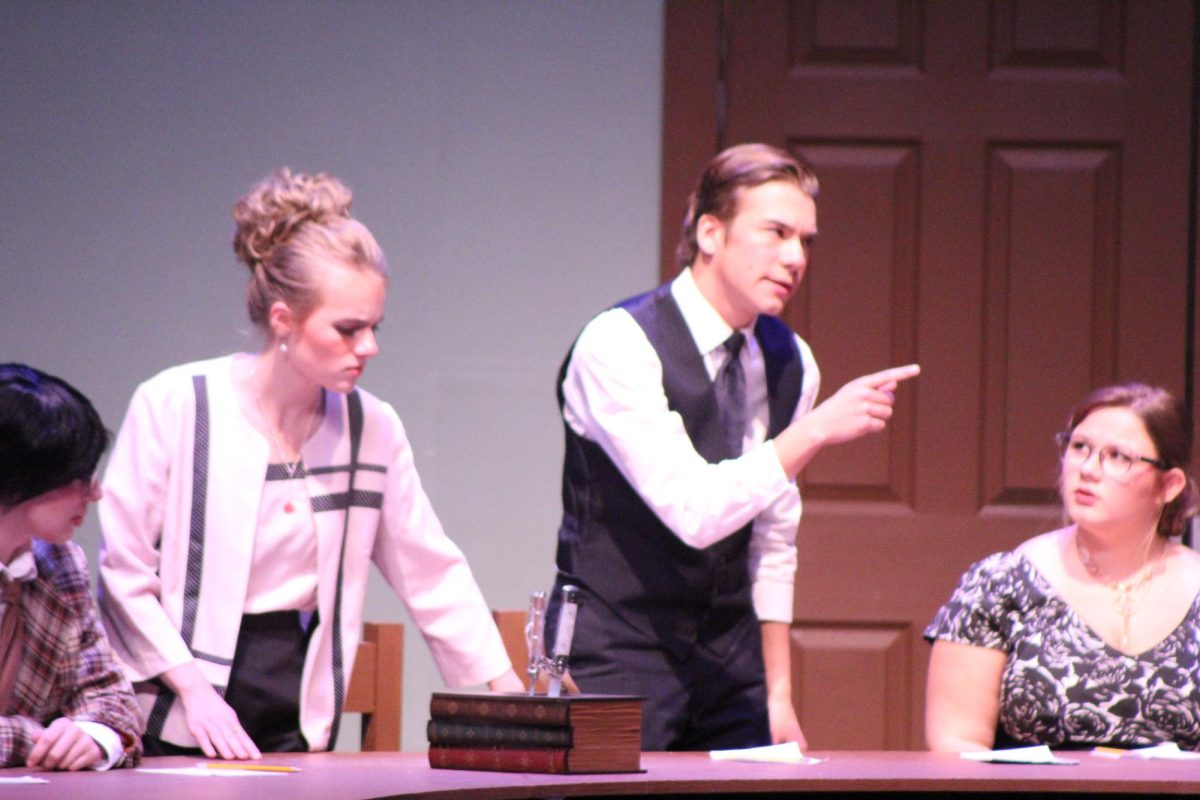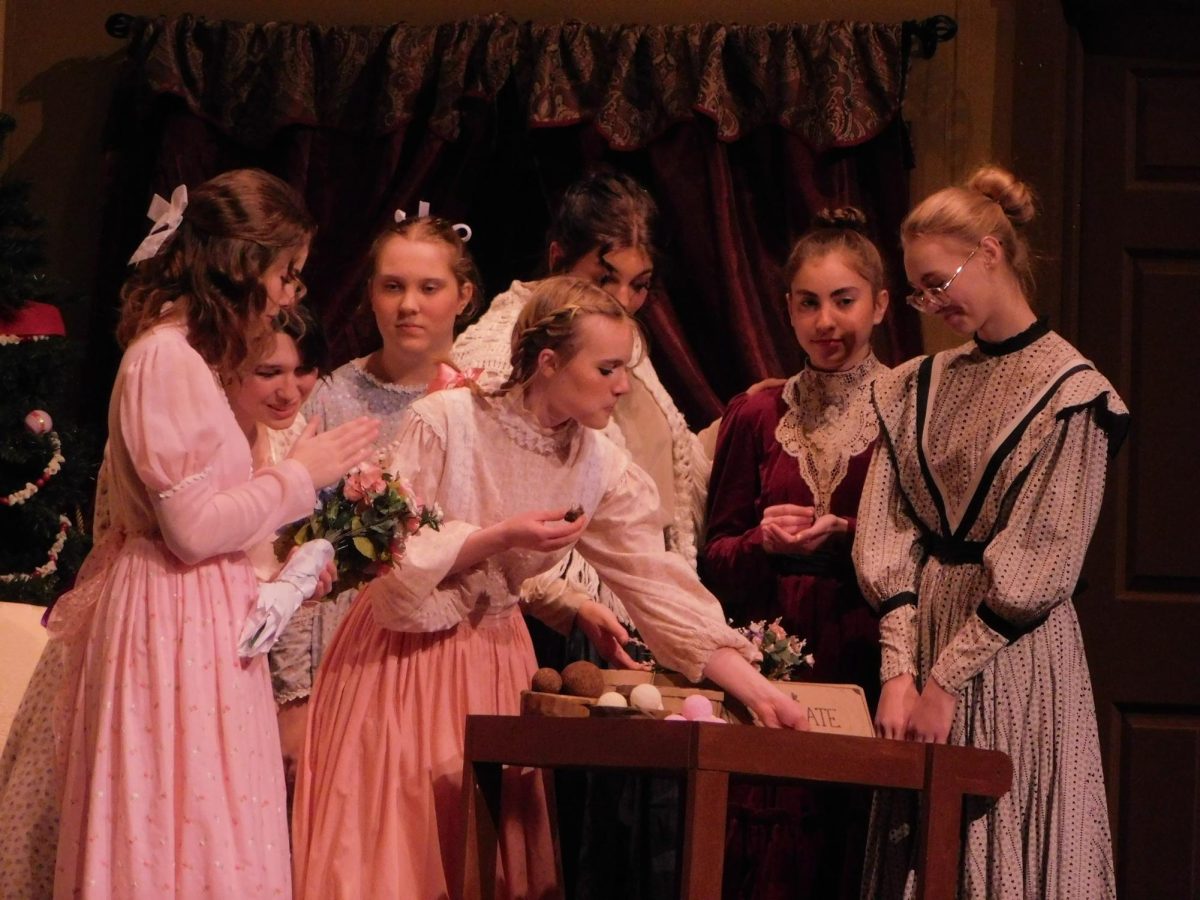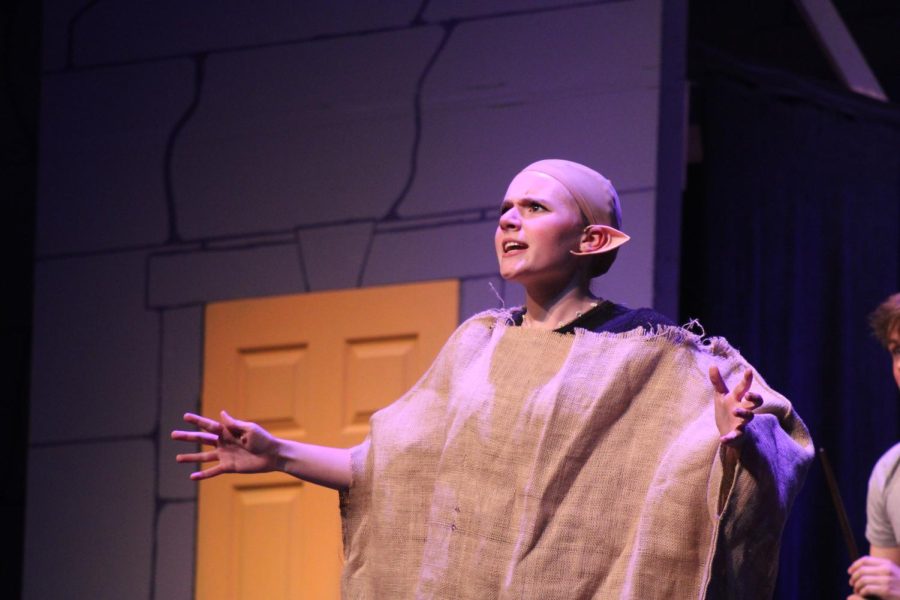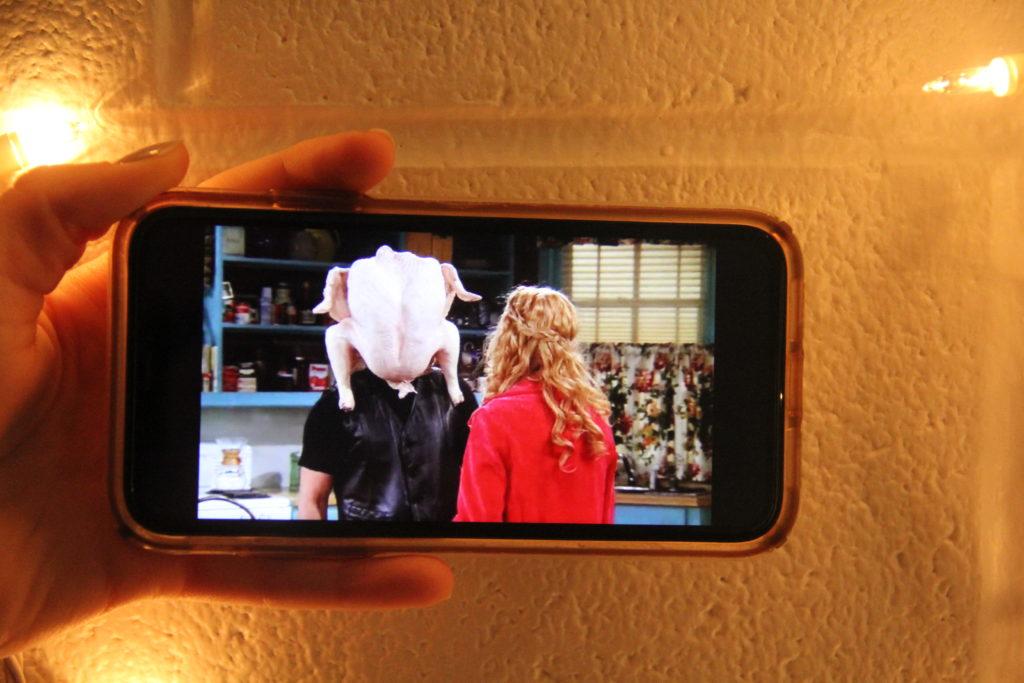The history of Christmas
Bauble balls hang on Christmas tree. Original public domain image from Wikimedia Commons
December 21, 2022
It’s the most wonderful time of the year when vans drive by with trees precariously balanced on their roofs and overdraft fees are at an all-time high, as we deck the halls and fa la lall into the holiday season.
Hanukkah, Kwanza, and Christmas are all on the horizon, bringing good food, expensive gifts, and forced family gatherings across the globe.
Here in Granville, the streets of Broadway have been lined with small pine trees decorated by the Elementary School classes and local businesses. And this season is ramping up to be a white Christmas, as our sequestered village in central Ohio has already been dusted with the first snowfall and icing of the year.
But where did Christmas come from? Grandma’s nativity scene shows baby Jesus in the manger, but how did we get from there to the red and green Merry and Bright celebration today? What happened along the way?
Its origins can be traced to the changing seasons and the arrival of winter. According to the History Channel, the end of December was the perfect time for celebration because most cattle were recently slaughtered so they would not have to be fed through winter, which provided the only fresh meat of the year. Also, most wine and beer that was made during the year was finally finished fermenting and was ready for drinking.
The celebration of Christmas has taken many forms along with its evolution to modern-day traditions. The Norse celebrated Yule from December 21 to early January. They would light a log on fire and feast and celebrate until it burned out, which could be as long as 12 days. The Norse believed that each spark from the fire represented the birth of a new animal in the coming year.
According to Voice and Vision, Romans celebrated two holidays in the month of December, Saturnalia and the birth of Mirtha. Saturnalia was a two-week festival honoring Saturn, the god of agriculture, and the birth of Mirtha was a celebration of the sun god on December 25. It was a hedonistic time with plentiful food and drink and the social order was completely turned on its head, as slaves were temporarily freed to enjoy the festivities.
Germans also honored their pagan god Oden during the winter holidays. They were terrified of Oden because they believed at night, he would fly through the sky and observe his people, deciding who would prosper and perish.
Today, Christmas is widely associated with the Christian and Catholic faiths, but in its early years, Easter was the main holiday for Christianity. In the fourth century, church officials decided to institute the birth of Jesus as a holiday. However, the actual date of his birth is unknown, though theorized to have occurred sometime in the Spring, as shepherds were herding sheep. Pope Julius I, eventually chose December 25 as the day of celebration in an attempt to adopt and absorb the traditions of the pagan cultures. It was first called the Feast of Nativity, and the celebration spread to Egypt by 432 and to England by the sixth century. And by the Middle Ages Christmas had largely replaced the pagan religion.
Christmas in the Middle Ages started early in the morning, when believers attended church, then raucously celebrated in a carnival-like atmosphere afterward. The poor would go to rich houses and demand food and drink, and if the houses failed to comply, they would be terrorized with mischief. This tradition was a time of charity, as the upper classes could entertain less fortunate citizens. However, the early 17th century was marked by a wave of religious reform, spearheaded by Oliver Cromwell. Cromwell and his Puritan followers overtook the English monarchy in 1645 and canceled Christmas due to its connection with pagan cultures and “decadence”. Eventually, Charles II was restored to the throne and Christmas began to be celebrated.
However, the English colonies were populated with even more religious fanatics like Cromwell, and Christmas was not celebrated there from 1659 to 1681. Though the holiday was eventually restored, the American Revolution was accompanied by a distaste for English customs, and Christmas was not considered a federal holiday until June 26, 1870. This was propelled by a wave of newfound interest due to the publication of two works, a collection of short stories called The Sketchbook of Geoffrey Crayon, gent., by Washington Irvine, and the novel, A Christmas Carol, by Charles Dickens. The books preached the importance of charity and goodwill, which offset the changing social tides towards more family-centered morals, and reignited the holiday spirit.
The modern portrait of Santa Claus was finalized by the 1822 poem “An Account of a Visit from St. Nicholas” by Episcopal minister Clement Clarke Moore and a political cartoon drawn by Thomas Nast in 1881. The poem is popularly known by its first line: “T’was the night before Christmas” and it depicts Santa Claus as a jolly old man who flies from house to house on a sled driven by reindeer to deliver toys. The cartoon was drawn on Moore’s poem to create the image of Santa Claus as a jolly man in red with a white beard.
The origin of Christmas trees is linked to pagan cultures decorating their homes in green in anticipation of the Spring to come, and Evergreen trees remained green in the coldest and darkest days of the year. Therefore they were widely used, and interestingly, would even be hung from the ceiling. Roman cultures would decorate their temples with fir trees during Saturnalia, and even Greek cultures decorated trees. However, modern tree traditions come from Germany, where pagan cultures decorated trees with dried fruit and candles in the worship of their god Woden. This tradition was incorporated into the Christain faith in the 1500s when trees were decorated with sweets, lights, and toys.
The legend of Santa Claus has its roots in Christain history as it is based on Saint Nicholas. Nicholas was a bishop of the early Christian church and he suffered severe religious persecution for his faith. However, he came from a wealthy family and was renowned for his generosity and charity towards the poor and disenfranchised. Legend states that three girls with no dowries to entice offers of marriage were going to be sold into slavery as their father’s last resort. However, Nicholas tossed a gold coin through a window and onto a sock drying by the fire to save them from this future. Children then started hanging socks by the fire in hopes that Saint Nicholas would drop gifts in there for them.
According to the History Channel, “In honor of his passing, December 6th was declared St. Nicholas day. As time went on, each European culture adapted versions of St. Nicholas. In Swiss and German cultures, Christkind or Kris Kringle (Christ child) accompanied St. Nicholas to deliver presents to well-behaved children. Jultomten was a happy elf delivering gifts via a sleigh drawn by goats in Sweden. Then there was Father Christmas in England and Pere Noel in France. In the Netherlands, Belgium, Luxembourg, Lorraine, France, and parts of Germany, he was known as Sinter Klaas. (Klaas, for the record, is a shortened version of the name Nicholas). This is where the Americanized Santa Claus comes from.”







